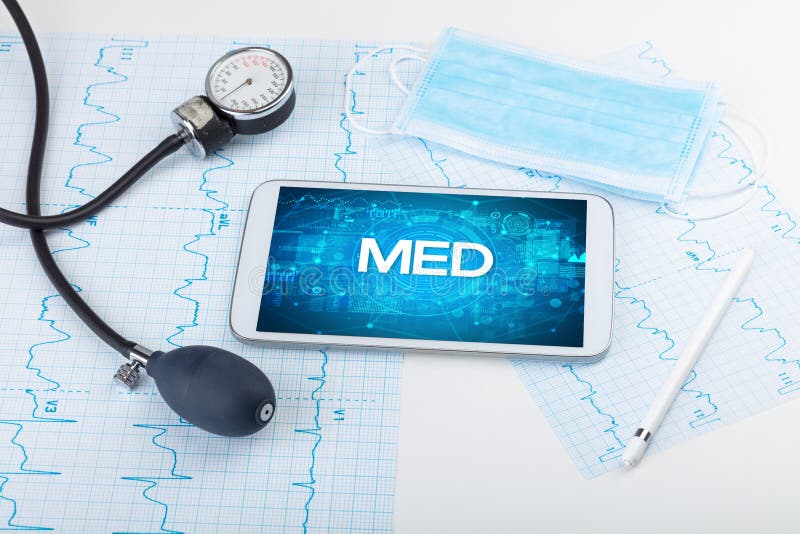Medical school is very hard; students must learn a lot in a short time. They need to know all about the human body and how to treat sick people. There is so much to learn that it can get overwhelming.
Schools want to teach in the best way, but the old ways of teaching do not always work anymore. New and better ways of teaching are needed. In the following paragraphs we will look at some modern teaching methods. These can make medical schools better at training new doctors.
Move Away from Just Lectures
Most medical school classes are lectures. A professor talks for an hour about a disease or part of the body and students need to sit and listen the whole time. They try to write all the facts. After a while, their brains get tired from so much information.
Lectures have a place in medical training, but students learn better when they get to take part. Modern medical schools are using more interactive methods:
Small Group Learning Sessions
In these, students meet in little groups with an instructor. They can ask questions and discuss topics in detail. This is good for going deeper into complicated ideas. Students teach each other and learn how to work as a team.
Hands-On Activities
With anatomy models or practice patients, students get first-hand experience. Touching a fake heart or examining someone roleplaying helps cement ideas; this sticks better than just hearing about it. After more real-world practice, seeing diseases or injuries feels more familiar.
Case-Based Instruction
Looking at actual patient cases pushes problem-solving skills. What tests to run, what treatment options, and so on. Working through many situations preps them for diagnoses on their own someday.
Flipped Classrooms
Students watch video lectures at home first. Then they use class time to apply concepts with their teacher. This active learning engages more senses and neural pathways. Ideas get embedded better in memory instead of just washed over.
Assessments Besides Exams
Traditional medical exams mostly need memorizing details. But this does not show how well students can use knowledge. More schools now include practical assessments, and these measure analysis and critical thinking abilities as well.
For example, challenge questions apply concepts to new contexts. Students must solve problems based on principles learned. There are also opportunities for self-reflection. Students assess their mastery of objectives and plan improvements.
Newer Teaching Aids
Textbooks are always improving with better visuals and clearer writing, but multimedia resources take it further. Videos, medical references online like Med Abbrev, 3D anatomy models, virtual reality simulations and more bring material to life. They provide vivid, accurate representations for reference anytime.
Well Rounded Perspectives
Medical expertise is not just facts and figures. Doctors work closely with patients from all backgrounds. They have duties around public health policies too. Training should thus expand perspectives beyond the basics of science.
Support Transition to Residency
The first years as an actual doctor are intensely demanding. New obstacles pile on top of long work hours every week. Better preparation can smooth this reality shock of residency programs.
Schools now allow more contact with residents and supervising physicians. Programs also focus more on resilience tactics for the stresses to come. Self-care habits early on leads to mental welfare benefits down the road.
Ongoing Advancements
Medical knowledge evolves quickly; what students memorize today might change tomorrow. That is why modernizing education never stops. Schools evaluate new technology, teaching methods and training tools constantly. They keep upgrading to give students the latest edge.
Conclusion
The next generation of doctors faces immense challenges, but with smarter education, they will have the skills to meet them. Updating how we train clinicians now will lead to better care for all someday.

